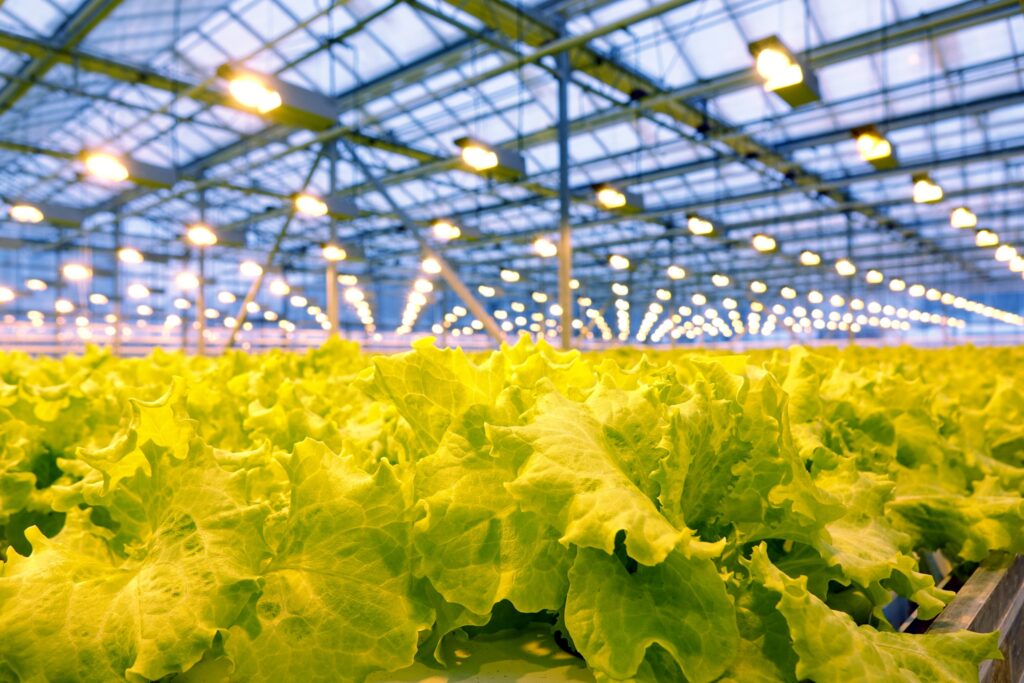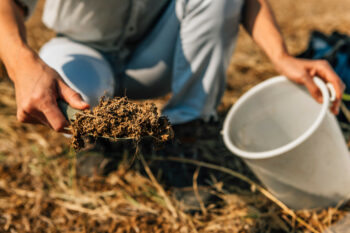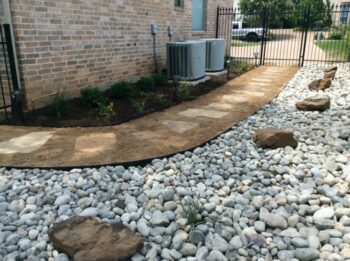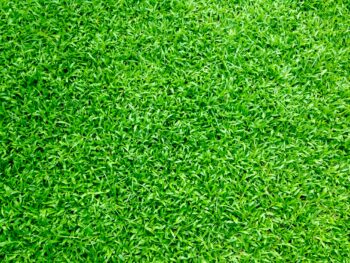If you own a greenhouse, you know that there are a lot of factors involved in successful plant growth. Lighting is one of these factors. It is crucial to have the correct kind and amount of light for your plants to flourish and give good produce.
Greenhouse lighting options have increased recently, thanks to advanced technology and better growing practices. There are options for all kinds of growers, and you have to know the correct lighting for your greenhouse.
You should know what type of light works well for your greenhouse. To do that, let us look into the various greenhouse lighting options.
Compact Fluorescent Lighting (CFLs)
This kind of lighting is said to have replaced incandescent lighting. They are a cost-effective means of lighting. CFL has improved with technology, and it is excellent if you need full-spectrum lighting.
This type of light mimics real sunlight, and so is great for plants that need real light. The lights are also good if you have plants that will grow through the winter as it keeps the plants in full bloom throughout the year.
The lighting allows young seeds exposure to the light for them to develop appropriately. For young plants, using cool white fluorescent light is the best choice. This lighting is available in both magnetic and electronic ballasts.
Magnetic ballasts take a short time to reach full brightness while electronic ballasts reach full brightness immediately. Make sure always to check the temperature range to get the appropriate temperature for the plants. Young plants will benefit from cooler temperatures, while mature plants do well with warmer temperatures, which will stimulate blooming.
Metal Halide Lighting
Metal halide lighting is ideal for greenhouses that have more mature plants. They work great in areas where there is little or no natural lighting. Halide lighting produces a crisp white light that is close to natural sunlight, which is essential for plants that do not have access to natural lighting.
Furthermore, they also work great in greenhouses that need lighting for general work. Not only that but, they also work well as general lighting in areas that don’t have access to natural light.
High Pressure Sodium (HPS) Lighting
This type of lighting is most commonly used in outdoor lighting like those found in parking lots or highways. They produce a warm white light. Because of this, only use these for growth if combined with a natural light source.
The light promotes budding and flowering, so use it to grow plants that are just past the seedling phase. The lighting is ideal if you want to maintain the blooming process of mature plants. It would be best if you replaced the HPS bulbs so that they always remain energy efficient.
Light Emitting Diode (LED) Lighting
One of the most energy-efficient and most common lighting options is the LED bulbs. They are low energy alternative to CFL and incandescent lighting, which makes them popular in most households. Some of these lights will last for up to 10 years without changing, making them cost-efficient.
They are great for you if you have plants that need light exposure for long periods. These not only work well with greenhouses but with hydroponic applications as well. Additionally, they are easy to install and provide vigorous leafy growth, flowering, and budding.
Some LED bulbs are designed for horticultural uses and can give adjustable blue, white, and red light for spectral control ideal if you need precision. The bulbs are cooler than other alternatives, so that you won’t have a lot of concern about the plant and lamp distance.
How Much Lighting Is Needed?
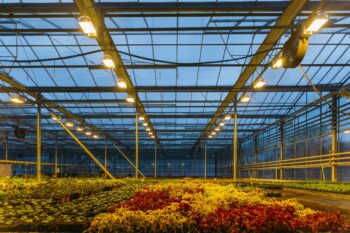
To know the amount of light you need in your greenhouse, you should know the lumen output, which is the initial lighting amount produced by the bulb. Consider the crop you are growing, its growth speed, and the amount of natural light available.
The distance between the light and plants is also a good consideration together with the light intensity. The age of the plants is also something to take into account; the younger the plant, the less amount of light needed while more mature plants need more light.
Spacing between the plants is another essential factor. This ensures even amounts of lighting will be distributed between the plants.
Final Words
Greenhouse lighting is a significant factor when it comes to growing plants. It is important to have the best Greenhouse kits to get the best performance. There are a lot of lighting options to take into consideration, including the CFLs, metal halide lighting, and LED lighting.
These are some of the most common lighting options, and you should take them into account when choosing the correct kind of lighting for your greenhouse.

